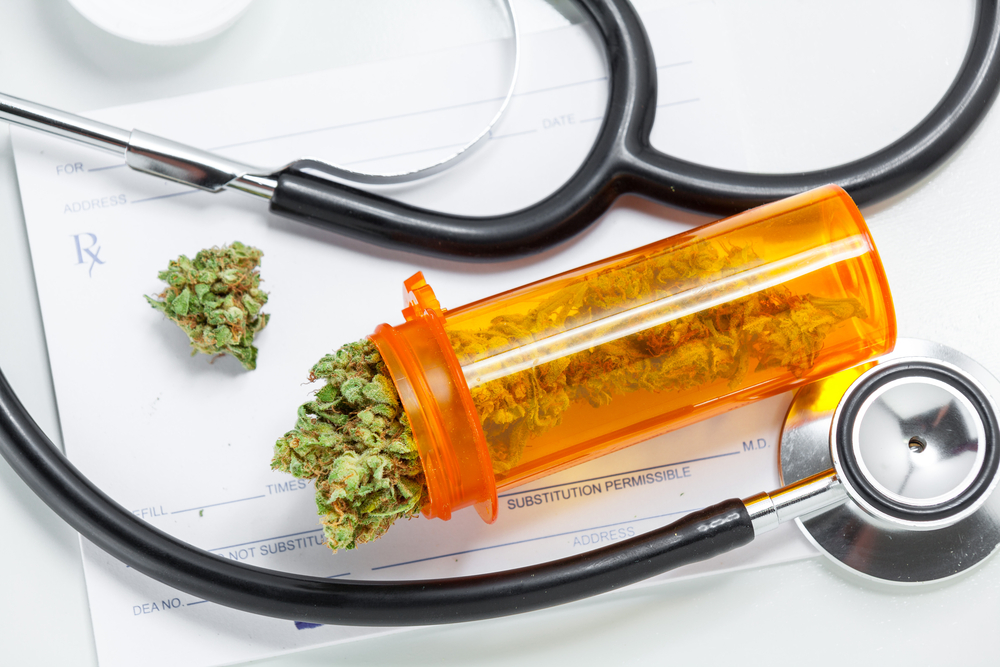4 Reasons Medical Marijuana Is Trial And Error For So Many

Imagine a patient walking into a Utah dispensary to obtain medical cannabis. After consulting with a pharmacist, the patient begins selecting a number of products he’d like to try. He doesn’t know exactly what he wants. Instead, he knows that only trial and error will eventually point him to the most effective products for his particular medical condition.
Trial and error is a fundamental problem-solving tool. It involves trying multiple ways to address a problem and noting the results of each trial. Eventually, the results of one’s observations reveal the best solution for the problem.
Human beings have been utilizing trial and error from our earliest days. And yet the method seems inappropriate in a medical setting. It seems especially inappropriate when dealing with prescription medications. So why are so many medical cannabis users having to find their way through trial and error? There are four main reasons, according to Utahmarijuana.org.
-
1. A Lack of Clinical Data
The qualified medical professionals (QMPs) at Utahmarijuana.org say that the clinical data in support of medical marijuana is lacking. Comprehensive studies are finally getting underway, but doctors do not have decades of solid data to look at. Therefore, they are generally unable to recommend a particular product or dosage. They rely more on pharmacists for that. Yet even pharmacists do not have enough clinical data to avoid the trial-and-error scenario.
-
2. Different Patient Responses
As with virtually all pharmaceuticals, patients respond differently to medical cannabis. One chronic pain sufferer may respond very well to a vaping product made from a particular strain. Another chronic pain patient may not respond well to that same product.
The other thing to consider is delivery method. For example, vaping a medical cannabis liquid offers pain relief rather quickly. On the other hand, it can take anywhere from 30 minutes to a couple of hours for the effects of a medical cannabis edible to kick in. Delivery plays a big role in patient response.
-
3. Differing Medical Conditions
A general rule for prescription medications is that each one has its intended uses. Opioids are primarily used as pain medications. In the world of medical cannabis, there are a range of different conditions for which it is used. Some patients use it to control chronic pain. Others use it to prevent seizures. The list goes on and on.
With so many differing medical conditions on the table, it can be difficult for doctors and pharmacists to understand which products and delivery systems are most appropriate for a given medical condition. There is way too much variation to consider, especially in the absence of clinical data.
-
4. Cannabis Crossbreeding
Medical cannabis products are often divided into two categories: sativa and indica. Though sativa and indica are considered separate species, the science on that isn’t settled. The debate notwithstanding, both sativa and indica are bred to create a wide variety of strains.
What many people do not know is that nearly all medical cannabis plants grown today are the result of crossbreeding. There are very few pure sativa or indica products on the market. As a result, it is exceedingly difficult for producers to create detailed profiles of their products. Thus, patients are not exactly sure what they are getting at the dispensary.
We like to think of medical marijuana as a pharmaceutical we can put in a nice, tidy package. It is anything but. For now, most patients must rely on trial and error to figure out what works best for them. Hopefully, this will change as the medical cannabis market matures.







